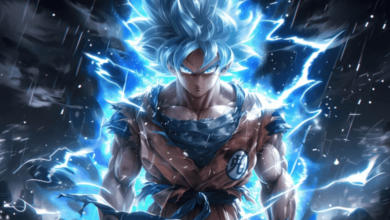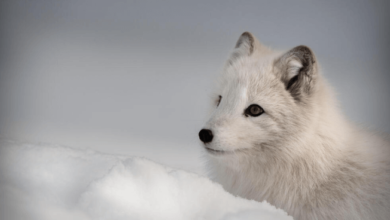
Outline:5p4onmu0puc= Chinese New Year Dragon
Outline:5p4onmu0puc= Chinese New Year Dragon occupies a pivotal position within cultural celebrations, symbolizing not only strength and good fortune but also embodying the spirit of renewal. Its historical roots and the various regional interpretations of the dragon dance reveal a rich tapestry of tradition that extends beyond mere performance. The intricate choreography and vibrant costumes serve as a visual manifestation of collective hopes and community ties. However, the nuances of these traditions invite further exploration into how they adapt and thrive in contemporary society, raising questions about their evolving significance.
History of the Dragon Symbol
The dragon, a powerful symbol in Chinese culture, has a history that intertwines mythology, imperial identity, and agricultural prosperity.
Dragon mythology paints the creature as a benevolent force, representing strength and good fortune.
As a potent symbol of authority, it has been embraced by emperors, embodying the harmony between nature and humanity, while inspiring reverence and admiration across generations, signifying freedom and resilience in the face of adversity.
Cultural Significance in Celebrations
Although often associated with imperial grandeur, the dragon also plays a crucial role in the communal celebrations of Chinese New Year, where it symbolizes renewal and the promise of prosperity.
This vibrant creature inspires festive decorations, adorning homes and streets, reflecting the rich heritage and collective hopes of the community.
Dragon symbolism encapsulates the spirit of unity and joy during this significant cultural event.
Read Also Clip Art:8vbge2sczsi= Cloud

Dragon Dance Traditions
Integral to the festivities of Chinese New Year, the dragon dance embodies both artistic expression and cultural heritage.
Dancers don elaborate dragon costumes, skillfully maneuvering to mimic the creature’s fluid movements. Performance techniques, such as rhythmic drumming and synchronized choreography, enhance the spectacle, captivating audiences while invoking prosperity and good fortune.
This vibrant tradition connects communities, celebrating shared values and collective joy during the New Year.
Variations Across Regions
Across China and in various diasporic communities, the dragon dance takes on diverse forms, reflecting regional cultural nuances and local traditions.
In southern regions, the dance often features elaborate costumes and synchronized movements, whereas northern styles may emphasize acrobatics and drum rhythms.
These regional differences highlight the importance of local customs, illustrating how the dragon dance serves as a vibrant expression of community identity during the Chinese New Year.
Conclusion
Outline:5p4onmu0puc= Chinese New Year Dragon embodies resilience and renewal, serving as a powerful emblem of community and cultural pride. The traditions surrounding the dragon dance, with their vibrant costumes and rhythmic movements, reflect the diverse expressions of hope and fortune across regions. As the saying goes, “A dragon may be fierce, but its dance unites the people.” This unifying force fosters cultural continuity and strengthens communal bonds, ensuring the dragon’s legacy endures through generations.




